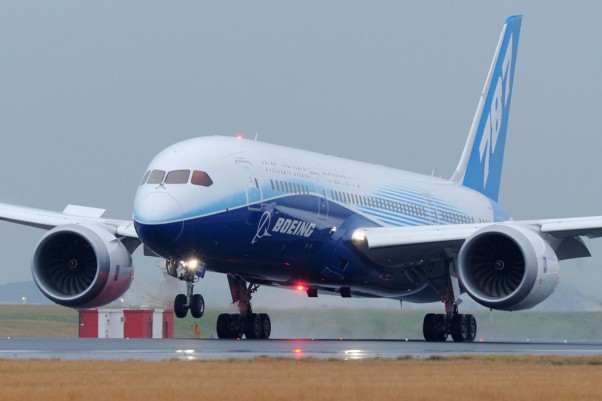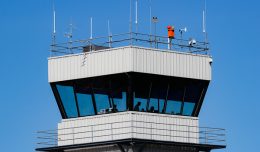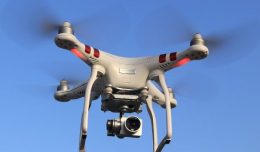The US Federal Aviation Administration Tuesday approved Boeing’s certification and testing plan for a redesigned lithium-ion battery system on board the beleaguered 787 Dreamliner. The fix, aimed at resolving the recent spat of serious battery malfunctions that has left the airplane grounded worldwide since mid-January of 2013, is the first step toward returning the Dreamliner to the air.
The fix includes a slew of adjustments, changes, and redesigns. Those include changes to the manufacture, testing, and screening of the battery cells; adding thermal & electrical insulation materials to the battery itself; and a new battery enclosure that eliminates the chance of a fire. Boeing has not yet elaborated further on what these changes look like or how exactly they work, though they promised to provide “additional details of the new design…in the days ahead.”
While the fix may have gotten the nod, Boeing is far from out of the woods. The FAA has prescribed a stringent series of tests—details currently not available—which must be completed before the Dreamliner can resume normal operations. In a press release put out by the FAA earlier today, the agency noted that the “plan establishes specific pass/fail criteria, defines the parameters that should be measured, prescribes the test methodology and specifies the test setup and design. FAA engineers will be present for the testing and will be closely involved in all aspects of the process.” Even if the fix works and passes the FAA noted in the same press release that it is still going forward on it’s review of the “787 design, production, and manufacturing process.”
Pursuant to the testing, the agency also OK’d flight test operations for two aircraft. Boeing has chosen aircraft ZA005, a holdover from the initial flight test program, and aircraft line #86 to carry the changes. According to Boeing, airplane 86 will do the bulk of the heavy lifting on the battery situation while ZA005 will resume testing on an unrelated engine improvements. The FAA reports that both airplanes will carry the new system. “Each airplane (ZA005 and line 86) will fly within the days ahead. Each will have their first flights with the new battery enclosure. ZA005 will fly with baseline versions of the battery that have been through a more rigorous screening. Line 86 will have new batteries,” said Boeing.







